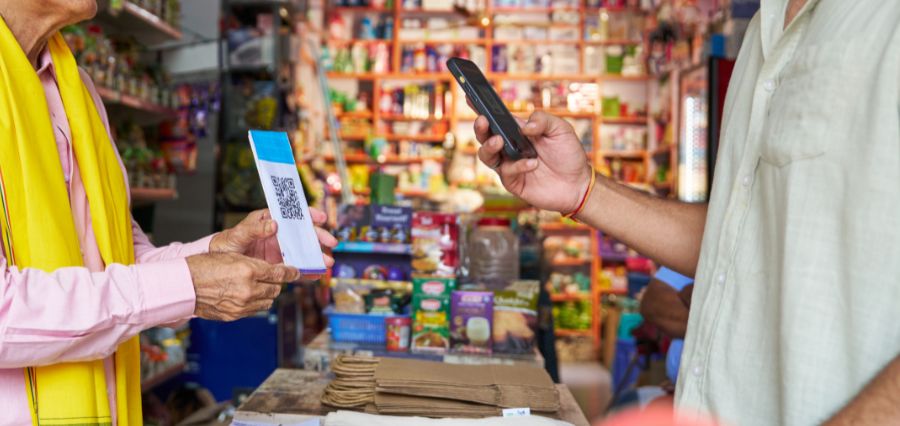Unified Payments Interface (UPI) has transformed the way Indians send and receive money. From roadside vendors to top corporates, UPI has become the go-to payment method thanks to its ease, speed, and zero-cost nature for most users. But with more people relying on digital payments, questions around UPI charges, transaction limits, and new rules are becoming increasingly important.
Let’s break down what you need to know about UPI in 2025 – from transaction limits to updated guidelines.
Are There Charges on UPI Transactions?
For regular users, most UPI transactions remain free of charge. The National Payments Corporation of India (NPCI), which governs UPI, continues to support zero-cost peer-to-peer (P2P) and peer-to-merchant (P2M) transactions for individual users through bank apps or popular apps like Google Pay, PhonePe, and Paytm.
However, there are some exceptions:
-
For businesses and merchants, especially those processing large volumes of payments, the NPCI has introduced an interchange fee of up to 1.1% on certain high-value merchant transactions done through prepaid payment instruments (PPIs) like wallets or cards linked to UPI.
-
These charges typically apply only when transactions exceed ₹2,000 and are not applicable to customers.
So, if you’re just paying your milkman or ordering groceries via UPI, you’re still good — no extra fees!
What’s the UPI Transaction Limit Per Day?
Most banks and UPI apps have a daily transaction limit of ₹1 lakh for regular users. However, this can vary depending on your bank, app, and user profile.
Here’s a general breakdown:
| Type of Transaction | Limit |
|---|---|
| Per transaction limit | ₹1,00,000 (varies by bank) |
| Daily transaction limit | ₹1,00,000 – ₹2,00,000 |
| Number of UPI transactions/day | 10 to 20 (depending on bank/app) |
| UPI for Capital Markets/Insurance | Up to ₹2,00,000 |
| UPI for IPOs | ₹5,00,000 (as per NPCI update) |
Pro Tip: Always check with your bank for the exact transaction cap, as some apps or banks might have stricter rules.
What Are the Latest UPI Guidelines?
UPI is evolving quickly, and the NPCI frequently updates its policies to improve user experience and prevent misuse. Some key guidelines as of 2025 include:
-
Multi-bank linking: You can now link multiple bank accounts in one UPI app, which adds flexibility and helps manage fund flow.
-
UPI Autopay: Popular for subscriptions and recurring payments like EMIs, OTT platforms, or insurance premiums.
-
Credit on UPI: Recently, users can also make UPI payments using credit lines provided by banks. This means you don’t need balance in your savings account — the bank can lend the amount directly via UPI.
-
Security First: Apps now require device binding, stronger PIN authentication, and biometric checks for added safety.
What About Merchants?
Merchants accepting payments through UPI may be impacted by the interchange fees introduced for PPI-based transactions. However, regular bank-linked UPI payments still attract no charges for small vendors or kirana stores.
Additionally, UPI QR codes are now being standardized across platforms, making it easier for small businesses to receive payments without needing multiple QR setups.
Tips for Safe UPI Usage
-
Never share your UPI PIN – not even with customer support.
-
Double-check UPI handles before sending money.
-
Use official apps from banks or verified third-party providers.
-
Watch out for scam links or calls posing as UPI technical support.
In Summary
| Key Point | Details |
|---|---|
| UPI Charges for Regular Users | Mostly free |
| Charges for Merchants (on PPIs) | Up to 1.1% on transactions above ₹2,000 |
| Daily Limit | ₹1–2 lakh (varies by app/bank) |
| Number of Transactions per Day | Around 10–20 |
| Latest Feature | UPI with credit lines, autopay, IPO payments |
| Security Measures | Biometric, device binding, PIN verification |
The Future of UPI
With features like UPI Lite, UPI Global, and voice-based payments gaining ground, the future of digital payments in India looks even more inclusive and intelligent. Whether you’re a tech-savvy user or just getting started, UPI is designed to keep up with your financial habits – securely and smartly.
Read More News: Click Here

